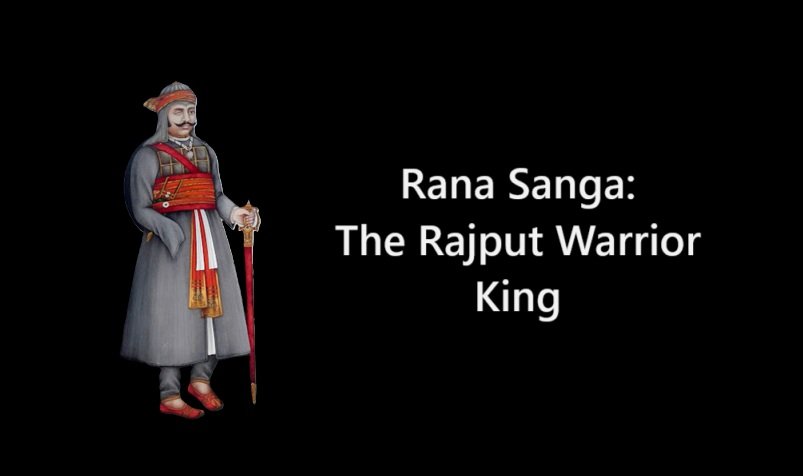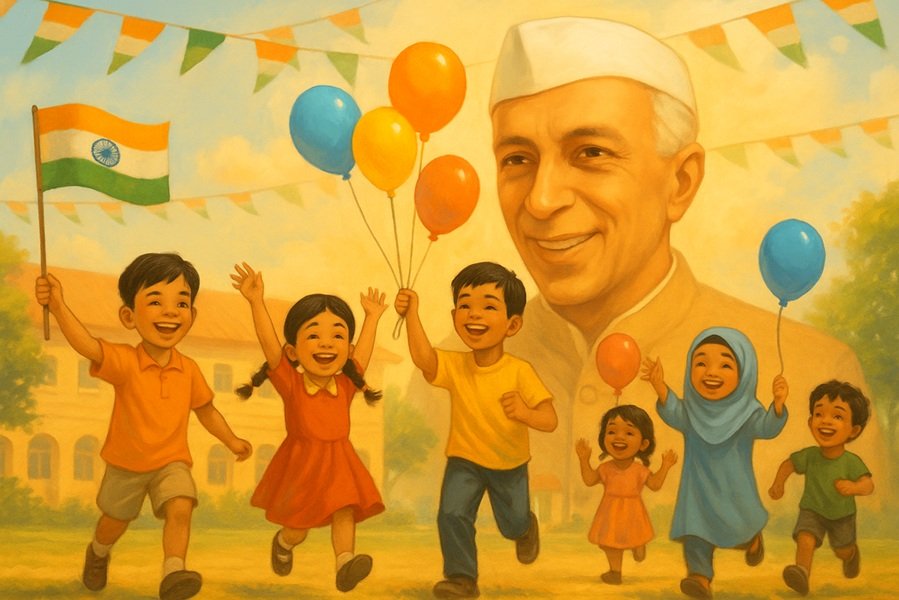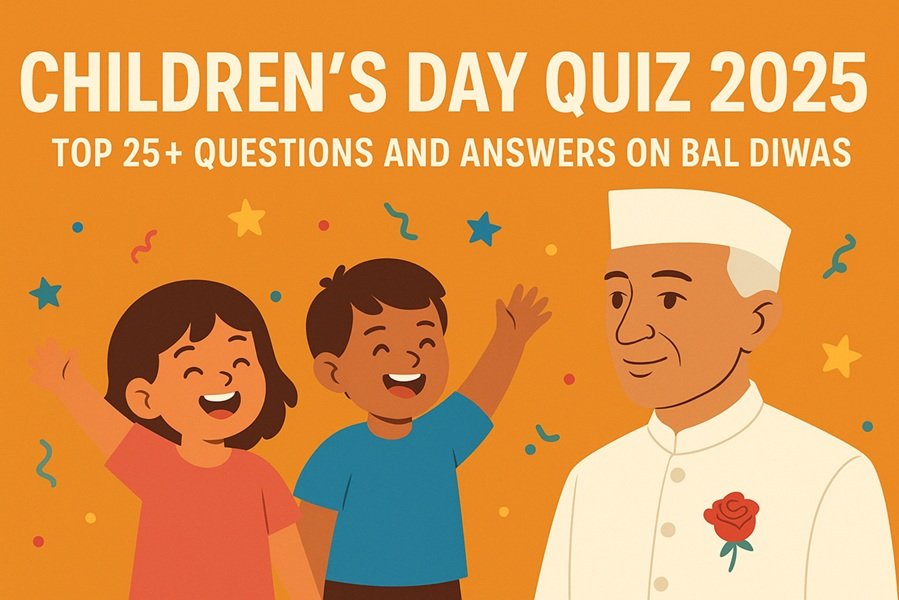
Introduction
Rana Sanga, also known as Maharana Sangram Singh, was one of the greatest Rajput rulers of medieval India. He was the ruler of Mewar from 1508 to 1528 and is best known for his valiant battles against the invading forces of the Delhi Sultanate and the Mughal Empire. His reign was marked by his military prowess, indomitable spirit, and unwavering commitment to Rajput honor and resistance against foreign invasions.
Early Life and Ascendancy
Rana Sanga was born in 1482 into the Sisodia Rajput dynasty of Mewar. He was the son of Rana Raimal and was raised in an era of political turmoil. His early life was marked by a struggle for succession, as he had to compete with his brothers for the throne. After a series of conflicts, he emerged victorious and ascended to the throne of Mewar in 1508.
Once he became the ruler, he focused on strengthening his kingdom, forging alliances with other Rajput rulers, and expanding Mewar’s influence. His rule was characterized by military campaigns aimed at consolidating Rajput power and resisting the growing influence of the Delhi Sultanate and the Mughals.
Military Campaigns and Victories
Battle Against Ibrahim Lodi (1518)
Rana Sanga was a formidable warrior and led several successful military campaigns. One of his earliest significant battles was against the Sultan of Delhi, Ibrahim Lodi, in 1518. He successfully defeated Lodi’s forces and expanded his influence across North India.
Conquest of Malwa (1519)
The Malwa Sultanate, under Mahmud Khilji II, was a significant threat to Rajputana. Rana Sanga defeated the Sultan in the Battle of Gagron in 1519 and established Rajput dominance in the region. This victory further solidified his reputation as an invincible warrior.
Conflict with Gujarat Sultanate
The Gujarat Sultanate under Muzaffar Shah II also came into conflict with Rana Sanga. He launched several campaigns in Gujarat and was able to establish his influence in parts of the region, further extending the reach of Mewar.
Battle of Khanwa (1527) and Conflict with Babur
The most significant battle of Rana Sanga’s life was the Battle of Khanwa, fought on March 17, 1527, against the Mughal Emperor Babur.
Background of the Battle
Rana Sanga had established himself as the most powerful Rajput ruler of his time and was seen as the last great hope to stop the Mughal expansion in India. He had formed a coalition of Rajput rulers and Afghan chiefs to counter Babur, who had defeated Ibrahim Lodi in the First Battle of Panipat in 1526 and captured Delhi.
The Battle
The Rajput army, estimated at over 100,000 warriors, faced Babur’s forces near Khanwa, in present-day Rajasthan. Babur, understanding the strength of the Rajput cavalry, used superior military tactics, including the use of gunpowder and artillery, which were relatively new to Indian warfare.
Despite his bravery and battlefield experience, Rana Sanga was defeated due to Babur’s tactical superiority and the internal betrayals among his allies. The loss at Khanwa marked a turning point in Indian history, as it paved the way for the Mughal Empire’s dominance.
Rana Sanga’s Last Years and Death
Even after his defeat at Khanwa, Rana Sanga did not lose hope. He planned to regroup and launch another attack against the Mughals. However, before he could execute his plans, he was allegedly poisoned by his own nobles, who believed that another war against the Mughals would be disastrous.
Rana Sanga passed away in 1528, leaving behind a legacy of valor and sacrifice. His death marked the end of an era of Rajput resurgence against the Mughals.
Legacy and Historical Significance
Rana Sanga is remembered as one of the most courageous and tenacious Rajput rulers in Indian history. His efforts to unify the Rajputs against foreign invaders were remarkable, and his resistance against the Delhi Sultanate and the Mughals has inspired generations.
- Symbol of Rajput Honor: Rana Sanga became a symbol of Rajput valor, chivalry, and commitment to defending Hindu traditions and culture.
- Influence on Future Generations: His legacy influenced future Rajput warriors, including Maharana Pratap, who continued his struggle against Mughal domination.
- Cultural Impact: Stories of his bravery have been immortalized in Rajasthani folklore, ballads, and literature.
FAQs About Rana Sanga
Q1: Why is Rana Sanga famous?
A: Rana Sanga is famous for his bravery, military skills, and resistance against the Delhi Sultanate and the Mughal Empire. He played a crucial role in fighting against Babur in the Battle of Khanwa.
Q2: How did Rana Sanga die?
A: Rana Sanga died in 1528, allegedly due to poisoning by his own nobles who feared another war against Babur.
Q3: What was Rana Sanga’s biggest battle?
A: The Battle of Khanwa (1527) against Babur was the most significant battle of his life. Though he was defeated, his efforts to resist Mughal expansion are well remembered.
Q4: Who were Rana Sanga’s allies?
A: He had alliances with various Rajput rulers and Afghan chiefs, including the ruler of Marwar and Mahmud Lodi, a claimant to the Delhi throne.
Q5: How did Rana Sanga influence Indian history?
A: Rana Sanga’s resistance against the Mughals delayed their expansion and inspired future Rajput warriors, including Maharana Pratap, to continue the fight for Rajput sovereignty.
Conclusion
Rana Sanga was a warrior king whose life was defined by relentless battles, strategic brilliance, and an unwavering commitment to Rajputana. Though he was ultimately defeated by Babur, his efforts in unifying Rajputs and resisting foreign invasions left an indelible mark on Indian history. His name continues to evoke pride among Rajputs and stands as a testament to the valor and sacrifice of Rajput warriors.



